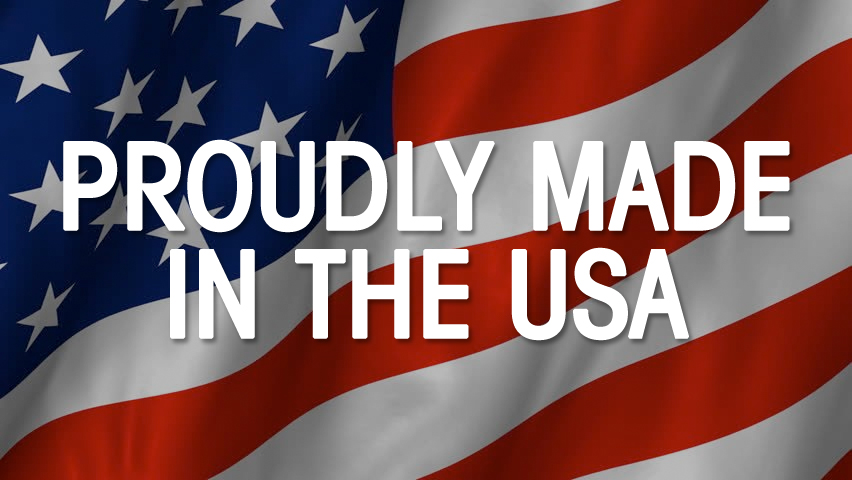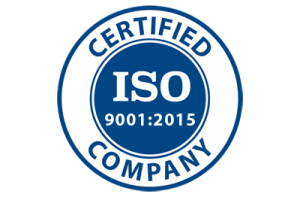Why Use a Forging Process?
Forging Advantages vs. Other ProcessesForging Advantages vs… Casting
- Stronger sections
- Pre-working refines internal defects
- More reliable, lower cost over life of component
- Better response to post-process heat treatment
- Adaptable to changes in customer demand
Forging Advantages vs… Welding / Fabricating
- Material savings, production economies
- Stronger
- Cost-effective design and inspection methods
- More consistent and better metallurgical properties
- Simplified production processes
Forging Advantages vs… Machining
- Broader size range of desired material grades
- Grain flow provides higher strength
- More economical use of material
- Yields lower process scrap
- Requires fewer secondary operations
Forging Advantages vs… Powered Metal
- Stronger
- Higher integrity throughout component
- Requires fewer secondary operations
- Greater design flexibility
- Less costly materials
Directional Strength
Directional Strength is a direct result of the forging process. In the forging process, controlled deformation results in greater metallurgical soundness and improved mechanical properties of the material. In most cases, forging stock has been pre-worked to remove porosity resulting from the solidification process.
This produces directional alignment, or “grain flow”, for important directional properties in strength, ductility, and resistance to impact and fatigue. These properties can be deliberately oriented in directions requiring maximum strength.
Grain Flow is defined as fiber-like lines appearing on the polished and etched sections of material that are caused by orientation of the constituents of the metal in the direction of working during forming. Grain flow produced by proper die design can improve the mechanical properties of forgings.
Grain Flow Comparison of Different Processes
Forged Bar:
Directional alignment through the forging process has been deliberately oriented in a direction requiring maximum strength. This also yields ductility and resistance to impact and fatigue.
Machined Bar:
Unidirectional grain flow has been cut when changing contour, exposing grain ends. This renders the material more liable to fatigue and more sensitive to stress corrosion cracking.
Cast Bar:
No grain flow or directional strength is achieved through the casting process.
Forgings
Quick Contact
965 Wanda Street
Ferndale, Michigan 48220
T: (248) 591-3500
F: (248) 541-1780
E: rfq@baforging.com


